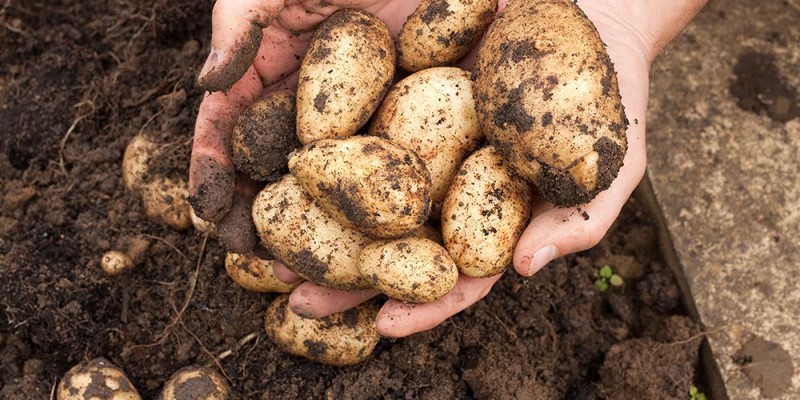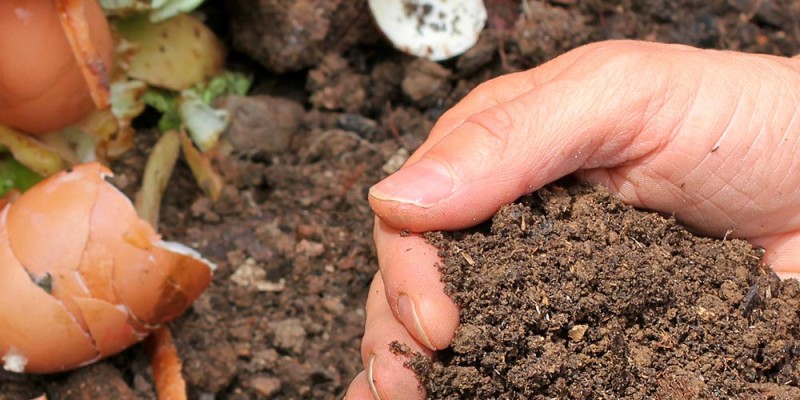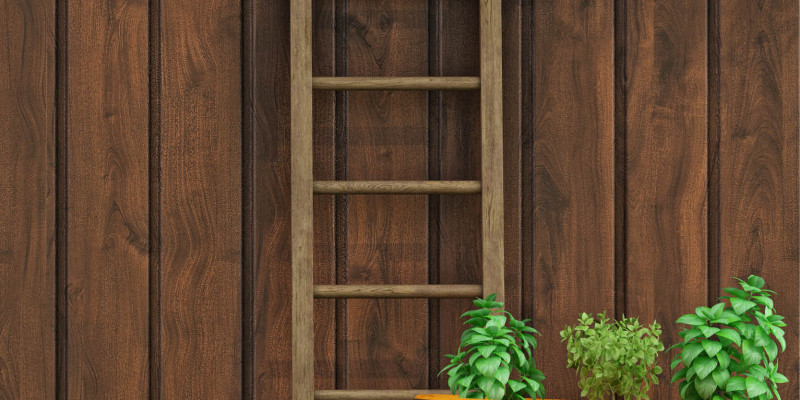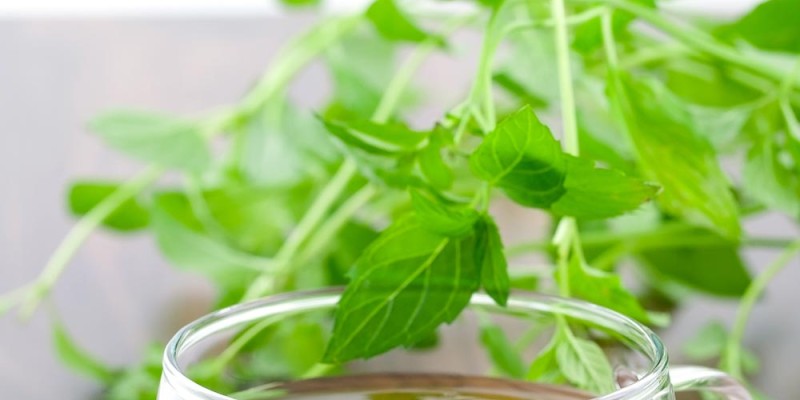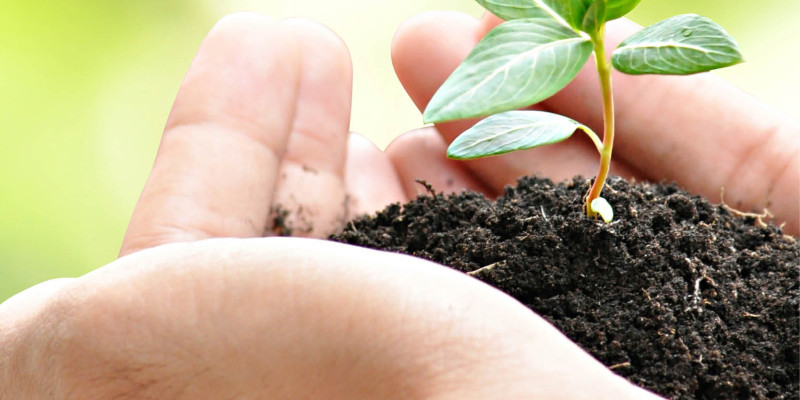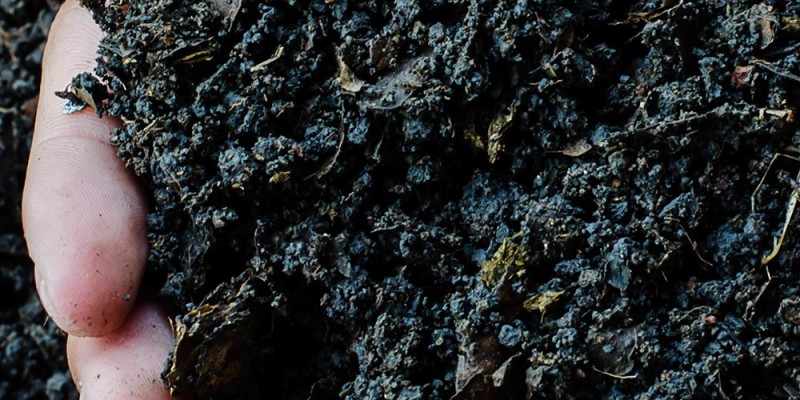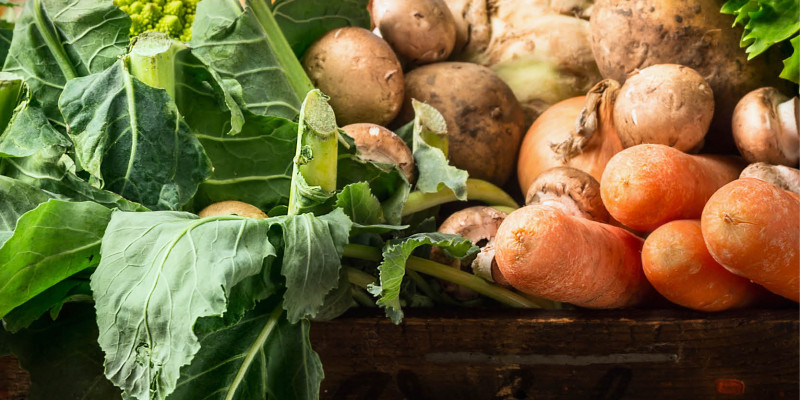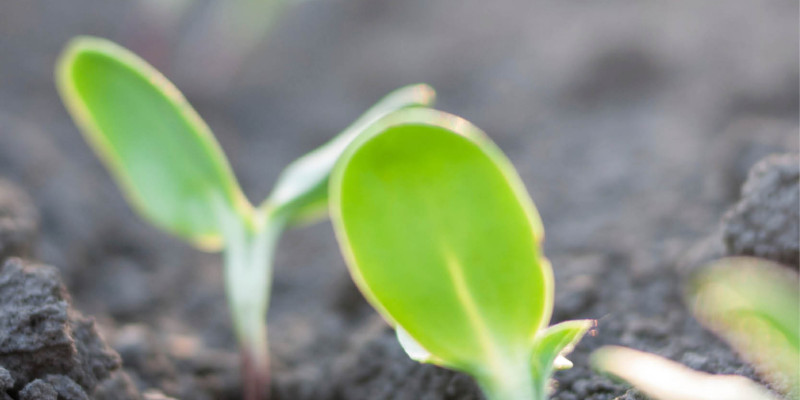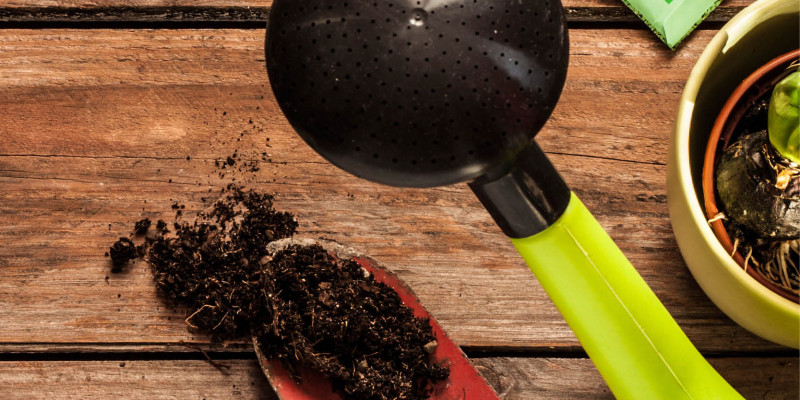Today we are going to talk about using spent coffee grounds in your garden and what benefits are.
Programs like Starbucks grounds for your garden provide spent coffee grounds for use in your garden at no cost. These grounds can provide a number of benefits to your garden that help build your soil and feed your plants. Spent coffee grounds are high in nitrogen and also have phosphorus, potassium and a number of other trace elements considered to be beneficial or essential for plant growth.
My local Starbucks was kind enough to provide samples of used and unused coffee grounds for analysis to take down to Maxxam Analytics. These samples will tell us the pH, the immediately available N-P-K and the total available and unavailable trace elements.
A common concern about using coffee grounds in the garden is that they will change the pH of the soil. Fast changes in pH can negatively impact the nutrient cycle in your soil impeding plants ability to absorb nutrients.
The pH of the unused coffee grounds was reported at 5.88 and the used grounds at 5.4. These numbers fall on the lower end of the optimal range for plant growth according to Dr. Perry with the University of Vermont. [1]
If used in the creation of compost over time the acid will become neutralized as the material breaks down. [5] When used as mulch generally you are applying small enough quantities that any transfer of acidity to the soil will be neutralized by the soils natural buffering capacity. [7]
Now that we know using coffee grounds in the garden don’t change the pH let’s talk about the use of used coffee grounds to add nutrients to the soil.
In order to compare used coffee grounds to commercial products and other samples I have run we will present the results in N-P-K and leave the trace elements in mg/kg.
The lab results represent what is immediately available to the plants. The lab uses a weak acid wash to replicate soil conditions and isolate the available organic nitrogen, phosphorus and potassium.
The N-P-K of used coffee grounds is: 0.00083 — 0.2016 — 0.771
And the N-P-K of unused coffee grounds is: 0.00036 — 0.3208 — 2.41
Although these numbers are low when compared to commercially available products they only represent the available N-P-K and not the unavailable. The majority of the nitrogen and other trace elements are tied up in more complex molecules and will have to break down before they becomes available.[5]
According to a number of studies analysis found a range of total available and unavailable nitrogen concentrations between 2.05% and 1.18% [4] [5]The ranges are likely explained by the varieties chosen and the differences in roasting and brewing processes.
The lab results give us a total available and unavailable concentration of Phosphorus and Potassium of 1300mg/kg and 6200mg/kg respectively
So when applying used coffee grounds to your garden you’re getting roughly a total NPK of 2.05 — 0.2979 — 0.7469
Used coffee grounds according to our results also have a good amount of Calcium, Magnesium and Sulphur while Other sources have had results including copper, sodium, manganese, zinc and iron [4]
Should you wish to use spent coffee grounds in your garden I recommend two primary methods of application, mulch and compost.
When using as a part of a mulch layer it is important to use with other organic materials and be careful not to use an excessive amount. Using an excessive amount can result in two issues.
The grounds can create a cap on top of the soil preventing water infiltration. The grounds will then ferment releasing heat and acidic compounds that can damage the soil and your plants roots.
If used in with your regular mulch you are unlikely to create a hot compost. On their own the grounds will combine with the other mulch material like fall leaves and wood chips to break down. Because this is above the rooting zone of most plants there should be no issues with the process depleting nutrients where the plant needs them.
The grounds and can attract earth worms to the surface. Earth worms use the grounds as a food source that also help their digestive system mechanically break down the other mulch materials . The worms help break down the used grounds and leave behind great worm castings. Through mulch or vermicompost the castings act as a slow release fertilizer adding beneficial bacteria, humus and nutrients to further enhance the soil and nutrient cycle over time.
The second way to use spent coffee grounds in your garden is to incorporate them into your compost.
Used coffee grounds have a good nitrogen content adding them together in roughly equal volumes by weight with brown materials such as fall leaves or wood chips will create a hot compost. This process has been shown to release the nutrients locked up in more complex molecules quickly while neutralizing any high or low pH components. [5]
Application of the compost can be done as mulch or mixed into the soil assuming the material is nearly completely broken down.
I do not recommend mixing in raw used coffee grounds into the soil as this can cause a number of issues including temporarily lowering the pH, nutrient drawdowns as the material breaks down and excess heat in the root zone. All of these things can hurt the beneficial organisms in the soil and roots of any nearby plants.
The benefits of the use of coffee grounds in the garden extend past just the addition of nutrients and organic material to your garden. Their use as a free and local resource in your garden diverts them from an inevitable trip to the land fill while saving you money by replacing the need for store bought products.
Next time we will take a look at espresso and coffee and if we can use them to fertilizer, adjust pH and the addition of trace elements to the soil.
Raw Lab Results:
http://www.albertaurbangarden.ca/wp-content/uploads/2015/02/150208_AlbertaUrbanGardenCertificateofAnalysis-RevistedReport.pdf
Related Episodes:
Easy Leaf Based Compost:
Testing Garden Assumptions:
Winter Mulch:
References:
Optimal pH for plant growth:
http://pss.uvm.edu/ppp/pubs/oh34.htm
Nitrogen Cycle:
http://en.wikipedia.org/wiki/Nitrogen_cycle
Atomic mass:
http://en.wikipedia.org/wiki/Relative_atomic_mass
The Chemical Composition of exhausted coffee waste:
http://webcache.googleusercontent.com/search?q=cache:0ChFgQV_POYJ:www.researchgate.net/publication/257418689_The_chemical_composition_of_exhausted_coffee_waste/links/00b495253eabc2623c000000.pdf+&cd=1&hl=en&ct=clnk&gl=ca
The evaluation of coffee grounds in compost:
http://www.researchgate.net/publication/255578345_Maturity_Indices_as_an_Index_to_Evaluate_the_Quality_of_Compost_of_Coffee_Waste_Blended_with_Other_Organic_Wastes
Unverified Analysis of Grounds for your Garden Results
http://www.sunset.com/garden/earth-friendly/starbucks-coffee-compost-test
Do Coffee Grounds Acidify your Soil?
Conversion Calculation
https://en.wikipedia.org/wiki/Labeling_of_fertilizer#Converting_nutrient_analysis_to_composition
Used coffee grounds NPK conversion:
Available Nitrogen:
Generally the elemental number is reported in NPK
Conversion from mg/kg to %
X/10000 = Y %
Ammonia NO3
Used:
